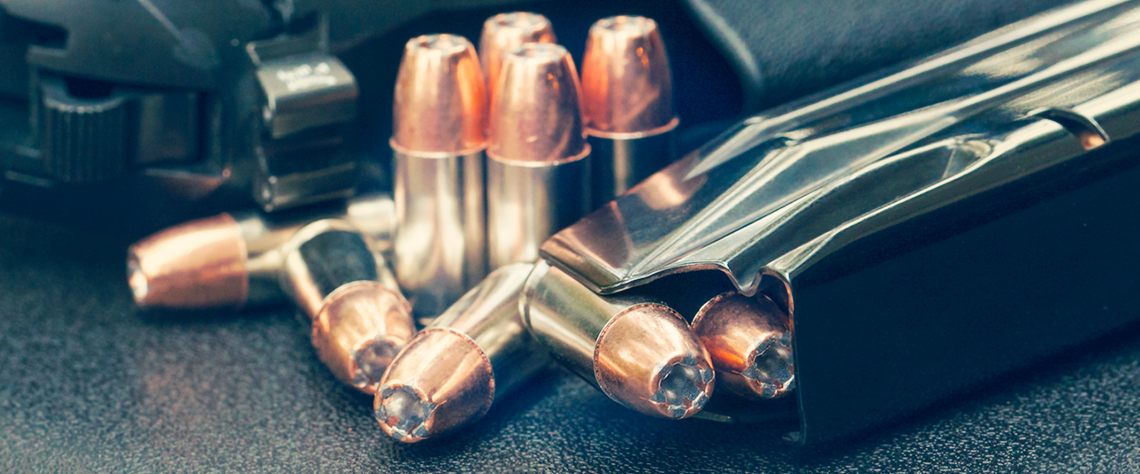Since publishing the results of our huge handgun ammo ballistic testing project on Lucky Gunner Labs, there’s been a flood of questions, comments, and speculation about which loads are “the best”. There’s nothing wrong with wanting the best, but our ballistic testing only provides insight into one part of the larger picture that should be considered when choosing a self-defense load. You could easily make the argument that some loads are objectively good or objectively bad based on the test results alone, but the best load can change depending on the gun and the shooter. Check out the video below for more details:
Ammo Testing Updates
I know a lot of you guys are wondering about our future plans for the ammo testing — when we’ll be doing more and which calibers and loads we’re planning to test. As I mentioned last week, there are more loads in the original four calibers that we want to test, and we’re also eager to tackle .38 special/.357 magnum, most likely followed by 10mm and .357 Sig. We continue to receive new requests every day, and those calibers are still the clear favorites.
As far as specific loads, among the most requested have been new ammo designs that utilize a fluted bullet like the Polycase ARX and the Lehigh Defense XP loads. I’ll admit right up front that personally, I’m skeptical of ammo designs like these, but they seem to have generated significant interest, so we’d like to find a way to include them in our tests. The catch is that this ammo is specifically designed to not expand. Instead, the fluted bullets supposedly create a temporary wound cavity that damages surrounding tissue, similar to effects normally found only in high velocity rifle ammo.
This poses a challenge for us if we continue to use our current test procedure because the Clear Ballistics synthetic gelatin that we’ve used does not do a very good job of simulating real-world temporary wound cavity effects. So even if these bullets do what the manufacturers claim they do, we wouldn’t know it from looking at the Clear Ballistics gel. If we switch to traditional organic ordnance gel to test these loads, we might get some usable results, but they wouldn’t be compatible with the data we’ve already gathered using the synthetic gel. We’re currently debating whether we’ll test these loads and how we might incorporate the results into the existing data charts, but for the meantime, I wanted you guys to be aware that we’ve heard your requests and we’ll let you know when and if we can follow through.
A couple of readers have asked if all of this ammo testing means they can expect fewer updates on the Lounge moving forward. I get why they might suspect that — during the home stretch of the ammo testing project the last couple of months, I haven’t been able to devote as much attention to the Lounge as I would like. But fear not! We’ve got a lot of great Lounge content in the works too, including the series on self-defense shotguns that Kyle announced a few weeks ago. So if you keep an eye on our Facebook page, our YouTube channel, and subscribe to our email updates, you’ll be the first to know when our new stuff comes out.


If possible, among the Lehigh ammo tested will you also show one for the Maximum Expansion series? They ARE hollow points designed to expand to impressive diameters.